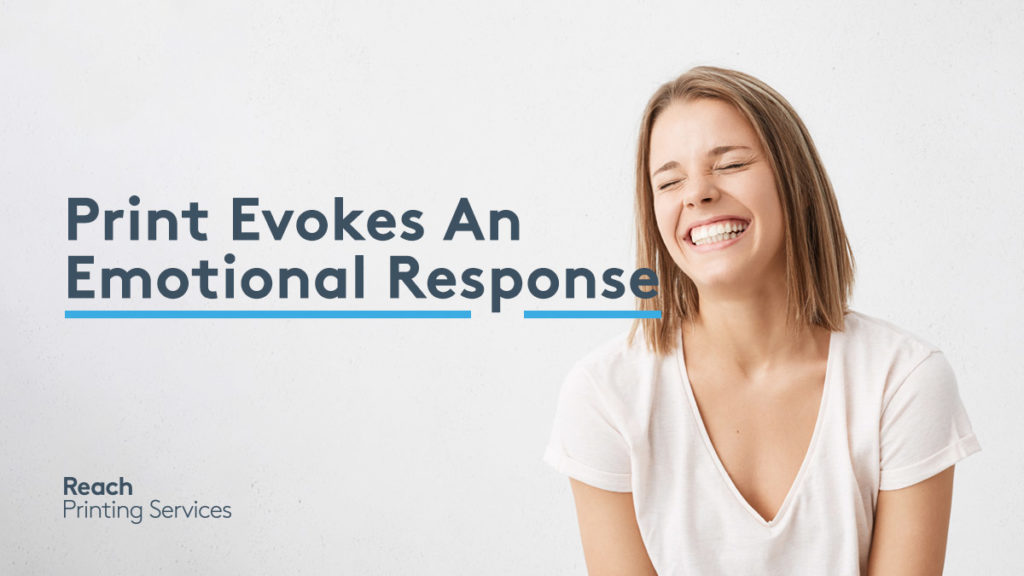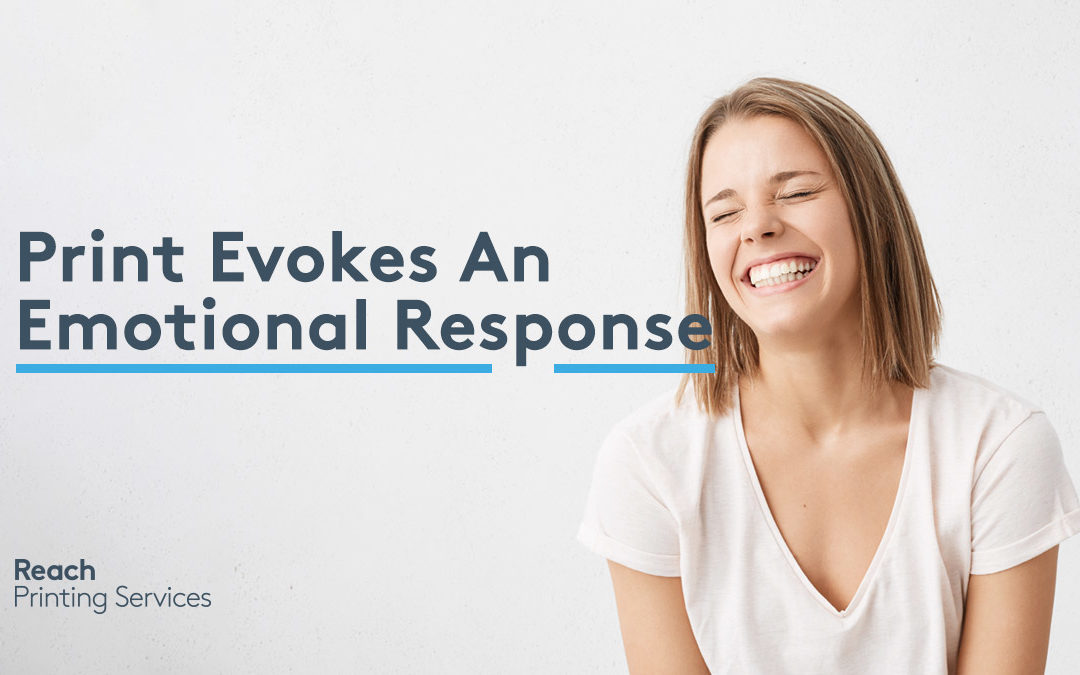
At a time when digital communication is second nature, why is the world suddenly so caught up in the world of print?
A survey conducted by Phil Riebel, the president of Two Sides North America, concluded that:
“Even in our increasingly digital society, a large majority of people see the benefits and value of print on paper”
In our previous blog, we discussed some of the benefits of print advertising, including brand recall, consumer trust and increased engagement. Another, less discussed area, where printed products come into their own is their ability to evoke an emotional response.
Print & Nostalgia
All of us can remember a certain book from our childhood. If you think about yours now, you can probably picture the cover perfectly in your mind. You can remember the weight of the book, the size of the font, the colours of the images, and perhaps even the scent. Perhaps you even remember the excitement of receiving the book and adding it to your collection.
Printed products have a special place in many people’s hearts. They can be strong triggers of nostalgia, evoking moments of security and safety which is perhaps why 82% of consumers report trusting printed advertising for purchasing decisions.
Tactile Print
Readers report spending over 20 minutes on average reading publications, with many reporting the physical object of a magazine or a newspaper as being a big draw.
In fact, holding a printed product in your hand and experiencing the textures of different papers is an emotional process that circumvents the thinking part of our brain entirely. Textures we feel stimulate nerves in our fingers and hands which directly communicate with our central nervous system, creating a soothing sensation. Scientists are still investigating the causes for this interesting physical reaction, but it’s safe to say that the tactile benefits of the printed product are evident.
Print & Relaxation
Many people find pleasure in curling up with something to read, in a kind of mentally active relaxation that is hard to replicate with other mediums. Reading fully engages the mind and any activity that possesses meditative qualities in which the brain is fully focused on a single task is proven to reduce stress and enhance relaxation.
A study conducted by neuroscientists at the University of Sussex*, found that individuals who had read for merely six minutes exhibited slower heart rates, less muscle tension, and reduced stress levels. As the world becomes more digital, print has become a valid escape from screens and, certainly, a calm, relaxed audience is a more receptive audience.
From Emotion to Action
The emotional response to printed products makes them both experiential and enjoyable, but the benefits don’t stop there. Strong emotional responses often encourage further action. When people view print, they may:
- Save it for later
- Tell other people
- Pass it on
- Visit a website
- Read reviews
- Make a purchase
- Make a donation
- Plan a large purchase
- Use a voucher or a code
- Visit a shop, attraction, place or restaurant
- Order a catalogue or brochure
So, which emotional responses come up for you when you read a printed product? The long bank holiday weekend coming up might be the perfect moment to dedicate some time to the pleasure of reading!
*Lewis, D. (2009), Galaxy Stress Research. Mindlab International, Sussex University, UK

